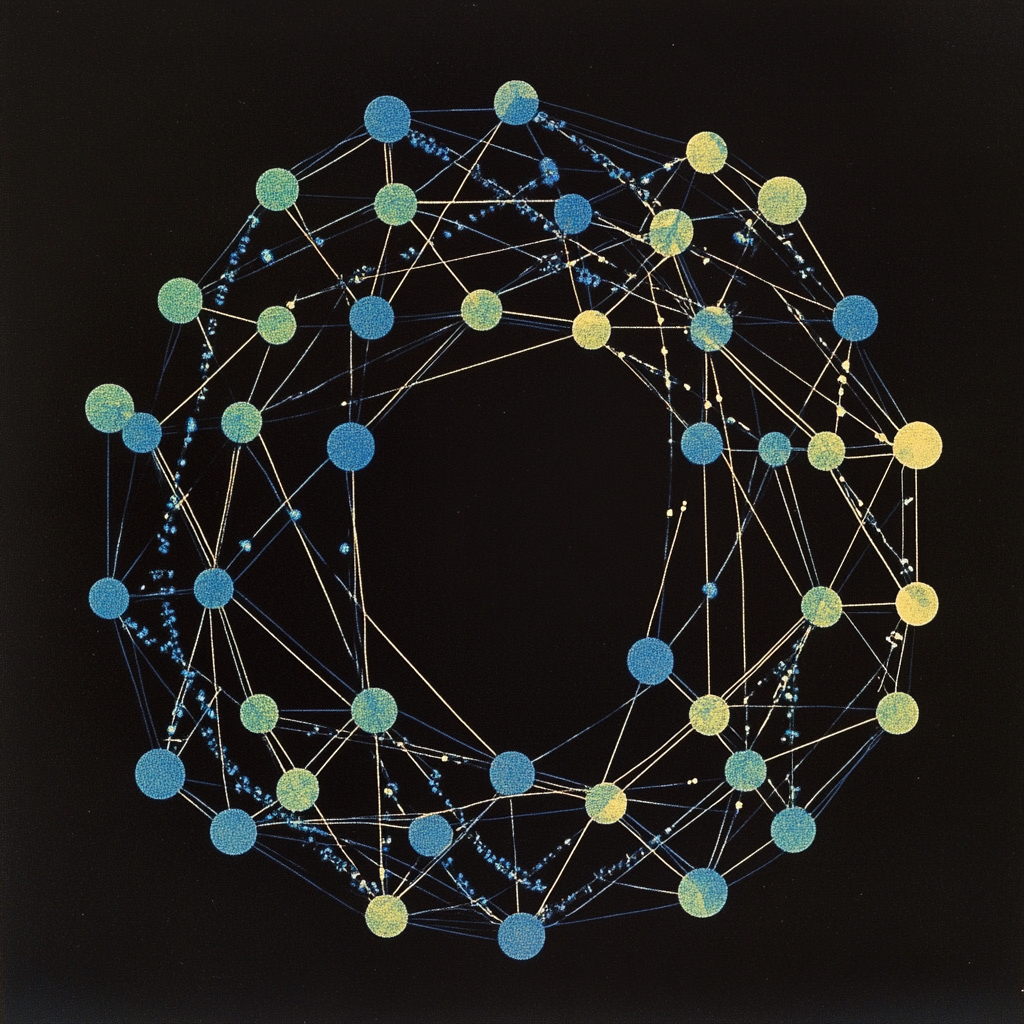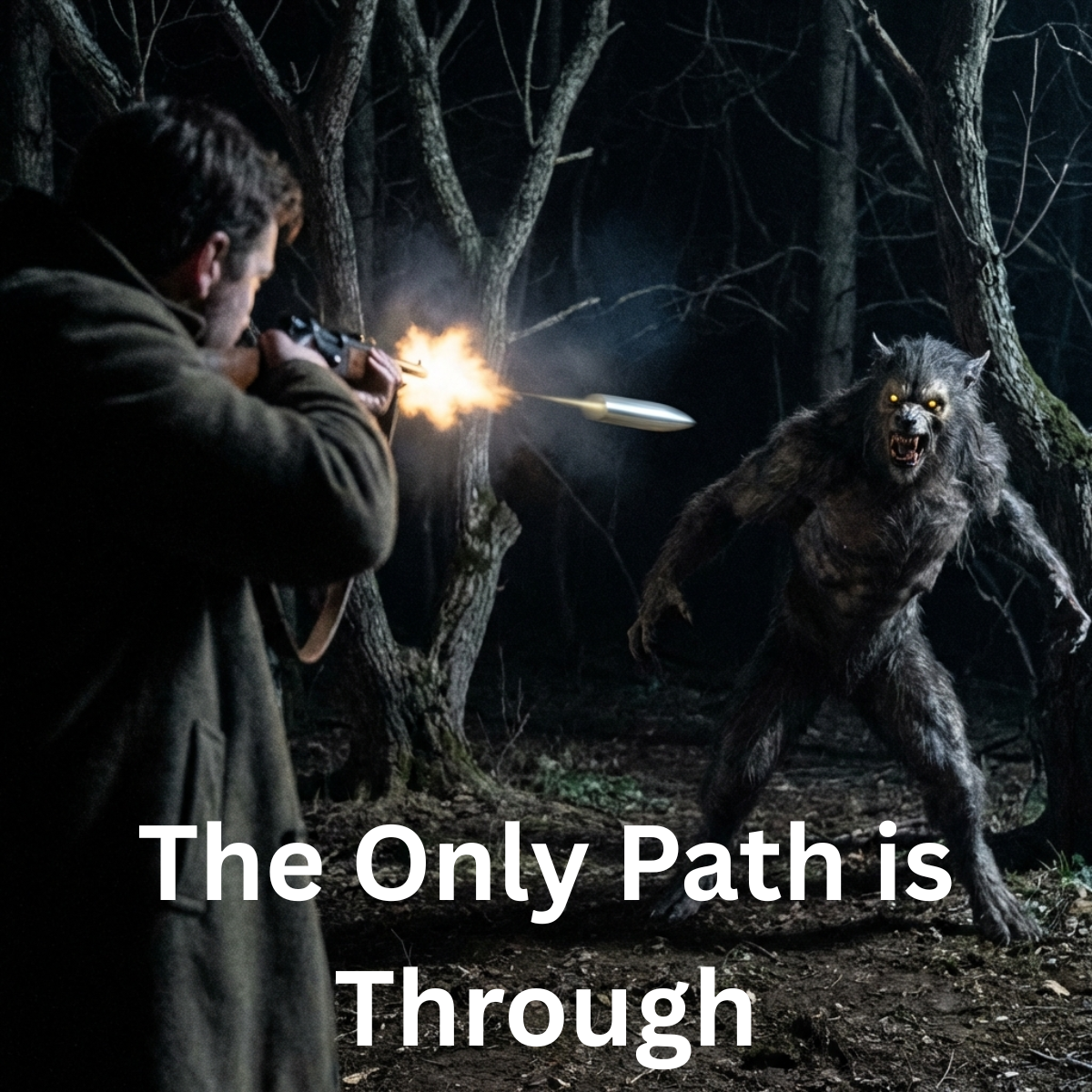In my early days of learning computer science, the concept of Ethernet was still relatively new. Most people today will not recognize this phrase, but to be brief, it is the modern way that computers are networked together in a home or office environment. Ethernet refers to how a network interface card negotiates for access to a particular media to transmit on. You see, when you have multiple devices all sharing media, you have to negotiate who gets to use it and in what order. Ethernet was one of many ways to negotiate shared media use; several others were more popular then. Another popular one was known as Token Ring or Token Passing.
The difference between these two is explained with this analogy: Pretend you are at a party with a group of friends and would like to say something. There are many ways to handle this issue. First, you could just barge in at random times and talk really loud and fast and hope that people will listen. That is one option. This is problematic because you might talk over someone, or two of you could speak simultaneously. This is basically how Ethernet worked before modern-day switching, which allowed for more dedicated communication channels to devices and created some fancy ways of handling this. You could raise your hand and say, “Um…can I say something?” This is another potential way to solve competition in a shared space; it will avoid possible collisions with other speakers, but everyone will end up waiting for too long. This also makes for a boring party. Finally, you could pass an object around, and the person holding the particular object gets to talk. I have seen this done while playing certain games; however, it seems pretty lame to ask your friends to pass around the sea shell before they are allowed to talk. This is token passing, and yes, that was a popular way of handling shared communication in the dark ages before the Internet was invented.
One thing I learned in my early days of computing is that speed almost always wins. That is the case with Ethernet. True, it was more error-prone. True, there was a greater risk of collision. However, the protocol was simple and fast and kept getting faster, and that ultimately won the argument. I bring this up because this has been true for most of my career decisions.
I always find myself trying to decide between doing something that will be imperfect right now and doing something that is correct and more well-defined later. This dilemma comes up repeatedly in many different forms, including business strategy, product development, marketing and sales, and hiring. Should I hire this person who is not quite the best fit that I can hire now? Or should I wait until I find the perfect fit? This question is not easy to answer, and you should weigh the decision carefully. However, if you have to flip a coin because you need convincing to choose, pick the fastest way. Hire the person now because, in the end, speed usually wins.
When you need to decide whether to submit the proposal now or in a few days after you have collected some more details, I almost always win when I choose to submit sooner rather than later. Waiting around has cost me far more missed opportunities in life than making a mistake or two by going too fast.
The careful and measured path has merit. In certain areas, this is the only way, especially when dealing with health and safety; however, even in those situations, I have learned that there are harmless decisions that can be made faster. Just because the ultimate solution has significant consequences does not mean that the individual choices along the way need to be treated with the same precision.
I have always liked discovering human heuristics that can improve my decision-making efficiency. So here is one that I have learned in many decades of working in the business world: pick the fast option; that is usually the one that wins.




